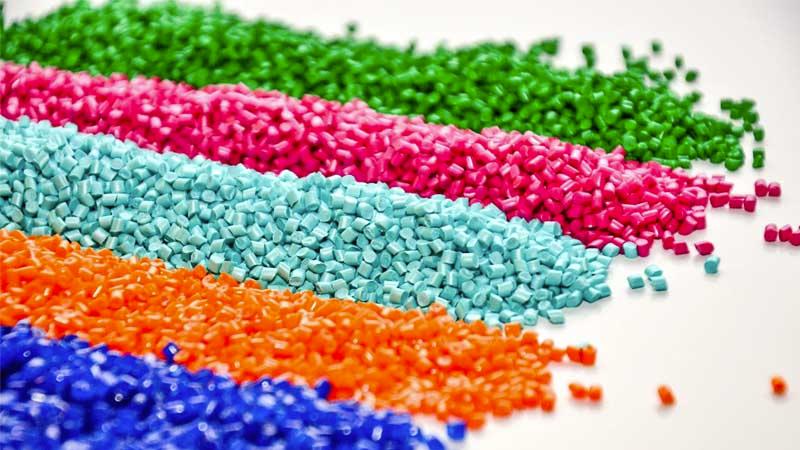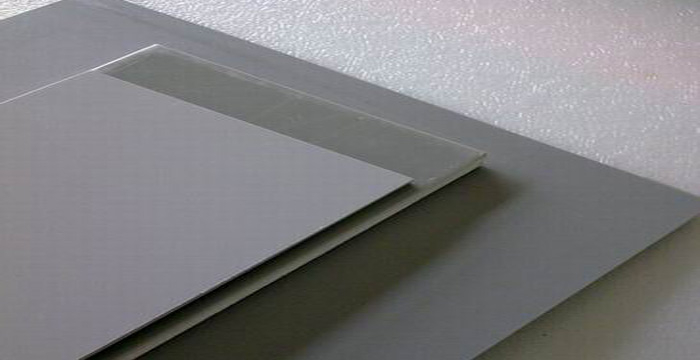1. What is Polypropylene (PP)?
Some information about Polypropylene (PP).
Polypropylene (PP) is a versatile thermoplastic polymer widely used in various industries. It is a synthetic resin made from the polymerization of propylene monomers. PP is known for its exceptional chemical resistance, durability, and high melting point. It is lightweight, yet strong, making it ideal for applications requiring both flexibility and strength.
PP has a wide range of uses, including packaging materials, textiles, automotive components, medical devices, and laboratory equipment. Its resistance to moisture, acids, and bases makes it suitable for containers and products that come into contact with different substances. PP is also popular in the food industry due to its non-toxic nature and ability to withstand high temperatures, making it suitable for food containers and microwave-safe products.
Additionally, PP is known for its recyclability, making it an environmentally friendly choice in the plastic industry. It can be easily recycled and used in the production of various plastic products, contributing to sustainability efforts.

2. What is PVC?
PVC is used to produce plastic pipes.
Polyvinyl Chloride, commonly known as PVC, is a versatile and widely used thermoplastic polymer. It is made from vinyl chloride monomers through polymerization. PVC is known for its excellent durability, chemical resistance, and versatility.
PVC is inherently flame-resistant and has good electrical insulation properties, making it valuable in construction, electrical, and plumbing applications. It is commonly used for pipes, cable insulation, vinyl flooring, window frames, and medical tubing. PVC's rigidity and stability make it suitable for structural applications, while its resistance to moisture and chemicals enhances its longevity.
One of PVC's key advantages is its cost-effectiveness; it is generally more affordable than other materials with similar properties. However, its production and disposal can raise environmental concerns due to the release of chlorine gas and the persistence of PVC in the environment. Recycled PVC is increasingly used to mitigate these concerns, promoting a more sustainable approach to its use.

3. Polypropylene vs PVC: What are the differences?
Polypropylene (PP) and Polyvinyl Chloride (PVC) are two commonly used thermoplastic polymers, each with distinct characteristics and applications. Here’s a comparison to help you understand the differences between them:
Flexibility: PP is more flexible than PVC, making it suitable for applications requiring bending and flexibility.
Chemical resistance: Both materials offer good chemical resistance, but PP is better suited for certain chemicals and solvents.
Temperature resistance: PP has a higher melting point than PVC, making it more heat-resistant.
Density: PVC is denser than PP, providing better structural support in certain applications.
Cost: PP is generally more affordable than PVC, making it a cost-effective choice for many applications.
Applications: Polypropylene is commonly used in packaging, textiles, automotive components, medical devices, and laboratory equipment. Meanwhile, PVC is used to make pipes, cable insulation, vinyl flooring, signage, and inflatable structures.
4. Conclusion
In summary, the choice between Polypropylene and PVC depends on the specific requirements of the application. PP offers flexibility and chemical resistance, while PVC provides durability and stability. Evaluating the unique properties of each material is essential to selecting the most suitable option for your project, ensuring optimal performance and longevity.





